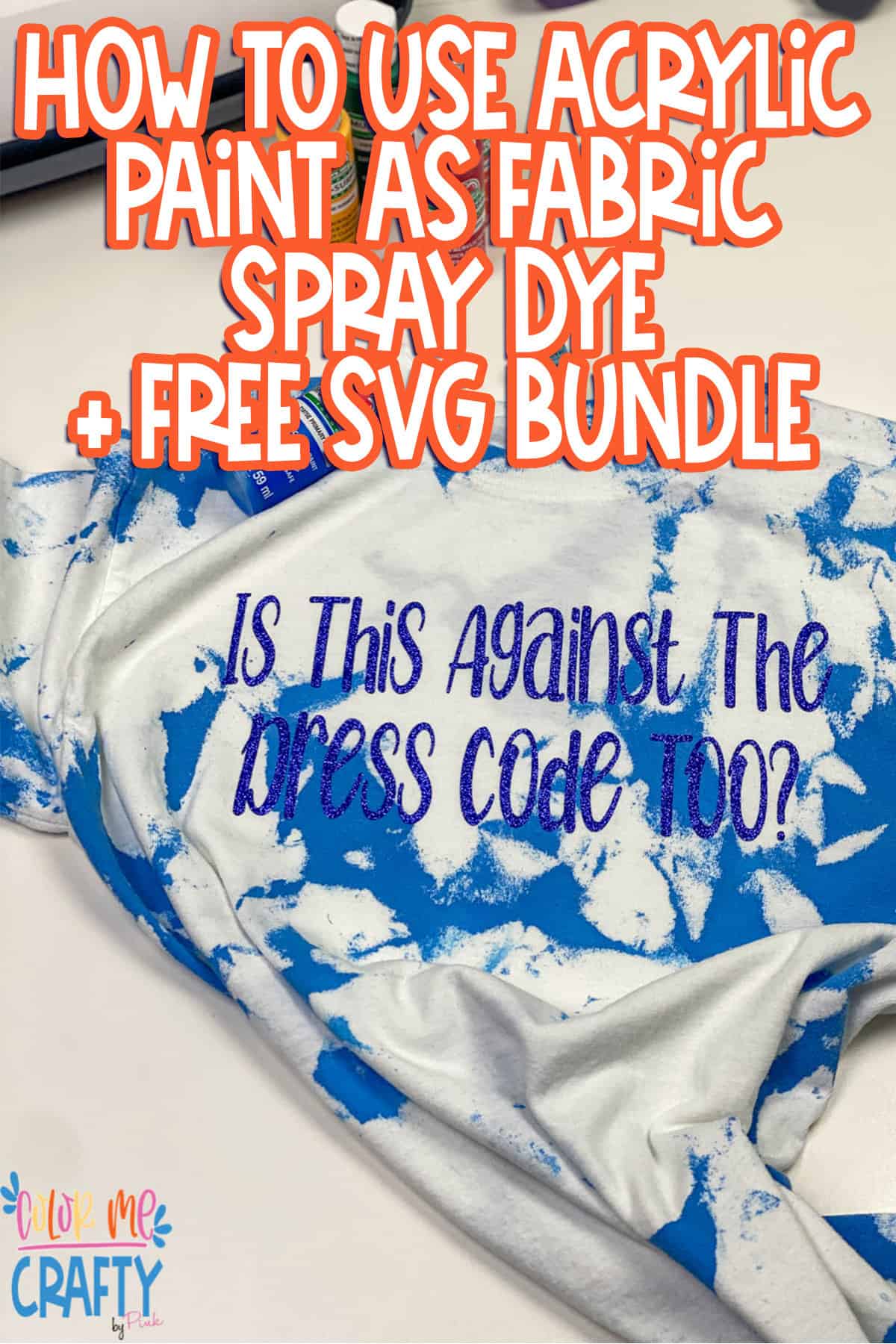Ready to transform ordinary fabric into personalized works of art? This comprehensive guide equips you with the knowledge and techniques to successfully paint on fabric with acrylics. From preparing your fabric and selecting the right paints to mastering various painting techniques and troubleshooting common issues, we’ll cover everything you need to know. Whether you’re a novice or a seasoned crafter, you’ll find easy-to-follow instructions for creating unique tote bags, custom t-shirts, or even stunning wall art. Unleash your inner artist and embark on a journey of creative fabric design!
Preparing Your Fabric: The Foundation for Success
Before you begin painting, proper fabric preparation is crucial for achieving a beautiful, long-lasting finish. Pre-washing your fabric removes any factory sizing that could hinder paint absorption and prevent unexpected shrinkage later. Natural fabrics like cotton and linen are generally preferred for their absorbency. If you’re working with synthetics like polyester, testing a small, inconspicuous area first is always recommended. Ironing your fabric after washing creates a smooth surface for optimal paint application.
Selecting Your Artistic Toolkit: Paints and Mediums
Choosing the right paints and mediums is paramount for successful fabric painting. While regular acrylic paints can be used, a fabric medium is essential for achieving durable, flexible designs. This medium acts as a binder, adhering the paint to the fibers and preventing cracking or peeling after washing. You can mix fabric medium with your acrylic paints, typically in a 2:1 ratio, or opt for pre-mixed fabric paints for convenience. Consider exploring our guide on acrylic paint on wood for more insights into working with acrylics.
Setting Up Your Creative Space: A Clean Canvas
Protecting your work surface is a simple yet important step. Use a drop cloth, newspaper, or cardboard to prevent unwanted paint stains. For larger fabric pieces, stretching the fabric taut using embroidery hoops or taping it to a flat surface helps prevent wrinkles and ensures an even paint application.
Painting Techniques: Unleashing Your Inner Artist
Acrylics offer a world of artistic possibilities. Different brushes create a variety of effects, from fine lines to bold strokes. Sponges add interesting textures, while stencils allow for precise designs or repeating patterns. Experiment with layering different colors, remembering to let each layer dry completely before applying the next. Incorporating stamps or other tools can further enhance your designs with unique textures and patterns.
The Magic of Heat-Setting: Making Your Art Last
After your artwork dries completely, heat-setting is the essential final step for making the paint permanent and washable. This process bonds the paint to the fabric fibers, ensuring your creations can withstand regular washing. Follow the manufacturer’s instructions for heat-setting, which typically involves ironing the back of the fabric at a medium setting for a few minutes.
Troubleshooting: Addressing Common Challenges
Even experienced artists encounter occasional setbacks. Here’s a guide to troubleshooting common issues:
| Issue | Likely Cause | Solution |
|---|---|---|
| Cracking | Insufficient fabric medium | Increase the ratio of medium to paint. |
| Stiffness | Excessive fabric medium | Decrease the ratio of medium to paint. |
| Bleeding | Skipped pre-wash or unsuitable fabric | Pre-wash fabric or try a different fabric type. |
| Fading | Using Low-Quality paint or Insufficient heat setting | Ensuring proper heat setting and using high-quality materials |
Caring for Your Painted Fabric: Preserving Your Masterpiece
Once your artwork is heat-set, it can typically be hand-washed or machine-washed on a gentle cycle with cold water. Avoid harsh detergents and bleach, which can fade the colors or damage the paint. Air drying is generally recommended, though some fabrics may tolerate tumble drying on low heat.
Exploring Advanced Techniques: Taking Your Fabric Painting Further
Fabric painting with acrylics extends beyond basic designs. Techniques like fabric marbling, batik, and creating textured surfaces with gels and pastes offer endless creative possibilities. Upcycling old clothes with a fresh coat of paint and a touch of creativity is another rewarding avenue to explore.
Fabric Type Cheat Sheet: Choosing the Right Material
| Fabric Type | Pros | Cons |
|---|---|---|
| Cotton | Absorbent, easy to paint, readily available | Can wrinkle |
| Linen | Durable, strong, beautiful drape | Can be more expensive, wrinkles easily |
| Silk | Luxurious feel, vibrant colors | Delicate, requires careful handling, expensive |
| Synthetic Fabrics | Varies, some are suitable with proper preparation | May require special primers or mediums |
Can you use acrylic paint on fabric?
Yes, you absolutely can use acrylic paint on fabric! However, the key to achieving long-lasting, vibrant, and washable results lies in the proper preparation and technique. Simply applying acrylic paint directly to fabric will likely lead to cracking, peeling, or fading over time, especially after washing.
Preparing Your Fabric for Paint
Choosing the right fabric is the first step. Natural fabrics like cotton and linen are generally easier to work with due to their absorbency. Synthetic fabrics can be more unpredictable, so always test a small, hidden area first. Pre-washing your fabric is essential to remove any sizing or finishes that might interfere with paint adhesion.
The Essential Role of Fabric Medium
Fabric medium is the secret weapon for successful fabric painting. This additive mixes with your acrylic paints to increase flexibility and adhesion, preventing cracking and peeling. It essentially allows the paint to move with the fabric, ensuring durability.
Mixing, Painting, and Layering Techniques
Mixing your paint with fabric medium is generally done in a 2:1 ratio, but you can adjust this based on your desired consistency. Apply thin, even coats of paint, allowing each layer to dry completely before applying the next. This prevents smudging and ensures vibrant colors.
Heat Setting for Permanence
Heat setting is the crucial final step that makes your design permanent and washable. Iron the back of the fabric at a medium setting, protecting the painted surface with a pressing cloth if necessary. Always check the fabric’s care label before heat setting.
Troubleshooting Common Issues
| Issue | Likely Cause | Solution |
|---|---|---|
| Cracking | Insufficient fabric medium | Increase the ratio of medium to paint. |
| Stiffness | Excessive fabric medium | Decrease the ratio of medium to paint. |
| Fading | Skipped heat-setting or low-quality paint | Ensure proper heat-setting and use quality paint. |
| Bleeding | Skipped pre-wash or unsuitable fabric | Pre-wash fabric or choose a suitable fabric. |
Does acrylic paint stay on fabric after washing?
The answer is a resounding yes, provided you use fabric medium and heat set your work correctly. Fabric medium gives the paint the necessary flexibility and adhesion, while heat setting creates a permanent bond between the paint and the fabric. With proper care, your painted fabric creations can last for years.
The Importance of Fabric Medium
Acrylic paints dry stiff, which can cause cracking and peeling on fabric, especially after washing. Fabric medium addresses this issue by adding flexibility and improving adhesion.
Preparing Your Fabric and Paints
Choose natural fabrics like cotton or linen for best results. Pre-wash the fabric to remove any sizing or finishes. Mix your paints with fabric medium in a 2:1 ratio, adjusting as needed for desired consistency.
Heat Setting for Washability
Heat setting is the most critical step. Iron the back of the fabric with a medium heat setting or follow oven baking instructions if appropriate. This “bakes” the paint onto the fabric, making it washable.
Caring for Your Painted Fabric
Hand-washing or using a gentle machine cycle with cold water is recommended. Avoid harsh detergents and bleach. Air drying is the safest option.
Troubleshooting Common Problems
| Issue | Likely Cause | Solution |
|---|---|---|
| Cracking | Not enough fabric medium | Increase the ratio of fabric medium to paint. |
| Fading | Insufficient heat setting or paint quality | Ensure proper heat setting; use higher quality paints |
| Stiffness | Too much fabric medium | Decrease the ratio of fabric medium to paint. |
How do you seal acrylic paint on fabric?
Sealing acrylic paint on fabric is crucial for ensuring your artwork withstands washing and regular wear. The most common and effective method is heat-setting. However, other methods, including using fabric medium and acrylic sealers, offer different levels of protection and are suited for various project types.
Preparing Your Fabric: The Essential First Step
Pre-washing and ironing your fabric are crucial for removing sizing and creating a smooth surface for paint application. This ensures optimal paint adhesion and a professional finish.
Painting Your Fabric: Techniques for Success
Mixing your acrylic paint with fabric medium is highly recommended for achieving flexible, crack-resistant artwork. Experiment with various application techniques like stencils, brushes, and sponges to bring your creative vision to life.
Sealing Methods: A Comparative Overview
| Sealing Method | Description | Pros | Cons | Best For |
|---|---|---|---|---|
| Heat Setting | Ironing the reverse side of the fabric | Simple, readily available tools, creates a permanent bond | Can slightly alter the texture of some fabrics. | Everyday wearables, frequently washed items. |
| Fabric Medium | Mixing medium directly into the paint | Built-in protection, enhances flexibility | May not be sufficient for heavy-duty wear or delicate fabrics. | General fabric painting, items with less frequent washing. |
| Acrylic Sealers/Varnish | Applying a separate sealant over the dry paint | Adds a layer of durability, enhances colors, can offer water resistance | Can significantly change the texture, may require specific application techniques. | Decorative items, artwork, projects requiring extra protection, infrequently washed items |
Curing Time: Allowing the Sealant to Set
After sealing, allow the paint to cure completely. The curing time varies depending on the method and product used. Always check the manufacturer’s instructions for the recommended curing time for optimal results.
Troubleshooting Common Sealing Issues
| Issue | Likely Cause | Solution |
|---|---|---|
| Cracking | Insufficient fabric medium | Increase the ratio of medium to paint. |
| Stiffness | Excessive fabric medium | Decrease the ratio of medium to paint. |
| Fading | Ineffective sealing process | Double-check your technique or use a stronger sealant. |
If you’re looking to revamp your floors without breaking the bank, discover the beauty and practicality of affordable vinyl tile. For other creative home projects, unleash your inner artist by learning all about the exciting possibilities of acrylic paint on wood and transform ordinary surfaces into stunning works of art.
- Pontoon Boat Seat Covers: The Ultimate Guide to Protection & Buying - April 17, 2025
- Covers for Pipework: A Complete Guide to Materials, Installation & More - April 17, 2025
- Dog Patio Door Inserts: A Comprehensive Guide to Choosing & Installing - April 17, 2025










